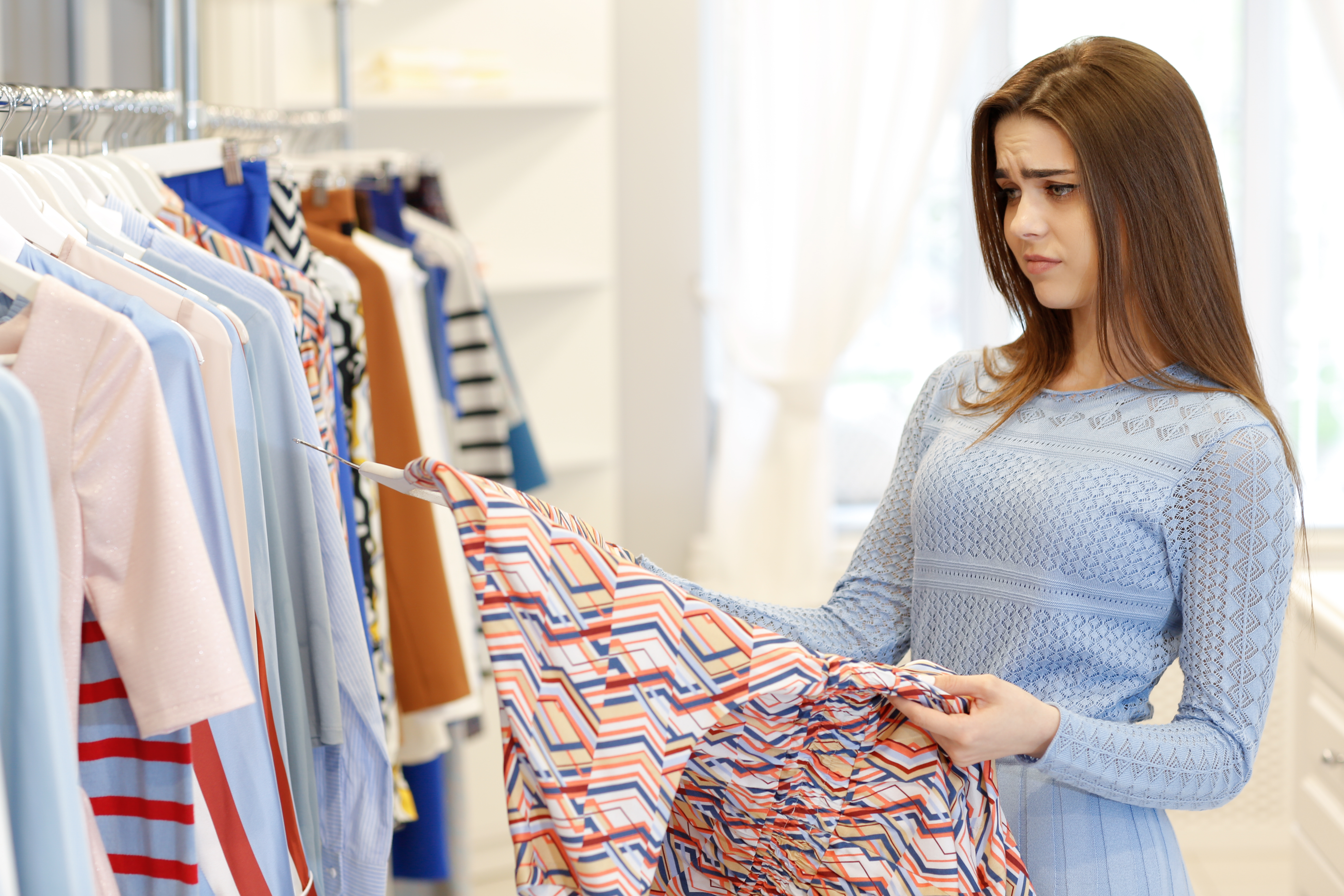If you can evoke any sort of emotion in association with your product, it instantly becomes memorable. In fact, people recall things based more on their feelings than rationality. Porsche capitalizes upon this masterfully in its advertising, the company’s marketing team knows there is no genuinely practical reason for most people to want one of the cars. If they want to get through to buyers, it’s all about appealing to shoppers’ emotions.
The Psychology
Marketers tend to overlook emotion in their rush to focus on benefits and features with their photography and product descriptions. Meanwhile, people buy when they’re happy. They also buy when they’re sad, heartbroken, anxious and afraid.
Let’s say you sell makeup from home using an online store. A sad woman might make a purchase to brighten up her day. Someone heartbroken might be trying to change her look in an effort to get over the loss. Similarly, anxiety over her appearance or fear of loss might motivate yet another shopper to buy. In each case, she’s trying to convert a negative emotion into a positive one with the purchase.
Joy is Infectious
One of the most effective ways to get a piece of content to go viral is crafting it to elicit a joyous response. According to ecommerce guru Neil Patel, “When your content drives people to a state of happiness or joy, they will automatically respond to your offers, feel obliged to share your content, and stop at nothing to tell others about you.”
Everybody loves giving others a reason to feel good. If you produce your makeup tutorials with a sense of whimsy, your customers will delight in sharing them with friends; this enables them to be the one who introduced a measure of joy into that person’s life.
The Power of Association
Getting back to that Porsche ad for a moment, if you haven’t watched it yet, give it a look now. The piece makes us recall a time when we were children and plays upon the sense of joy, wonder and amazement we experienced discovering things. It also reminds us of the day we saw our first love. Linking all of those emotions to the car makes it feel special. This is particularly true when you consider the price point at which it is sold and the exclusivity that comes along with it.
If you can find ways to associate your products with the life events of your customers, you can make this work for you too. In some cases, you can even create “memories” that didn’t really happen.
We Are Visual Creatures
Certain types of images elicit emotional responses, often without us realizing they have done so. Dynamic photography can lead shoppers to form emotional bonds. There’s a reason ad show sports car on wide-open roads with nothing impeding their progress. They want you to associate driving the car with freedom. It becomes the method by which you escape the confines of your everyday life. Getting back to our makeup example, a warmly lit photograph of a mom teaching her daughter to apply your product will instantly take your shopper back to the time when they too were learning. It will remind them how they felt the first time they saw themselves in makeup and how good it felt.
Appealing to shoppers’ emotions using the concepts presented here will go a long way toward improving your rate of conversion. With that said, it’s equally important to tout the benefits of your products, even as you employ language and visuals designed to appeal to the customer’s emotions. You must also keep the nature of your ideal customer in mind, so your attempts at emotional appeal don’t fall flat because they’re aimed at the wrong psychographic. Finding the right balance of all of these elements is key to your success in this regard.

